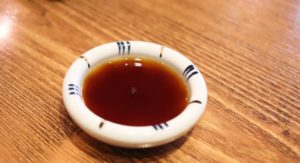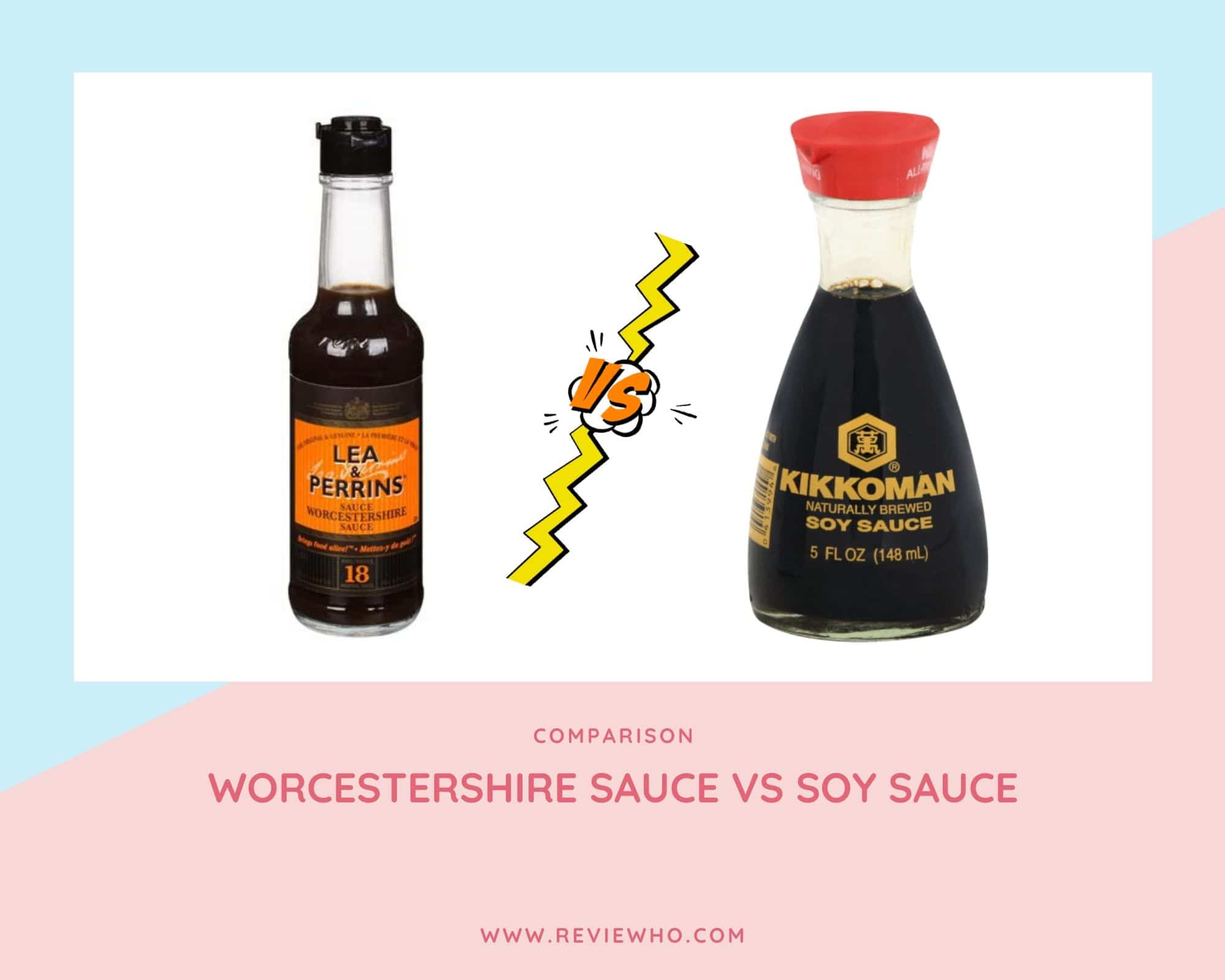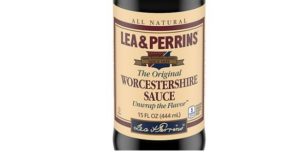Worcestershire and soy sauce are dark sauces that are rich in flavor. This flavor is reliant on fermentation. Worcestershire sauce, however, has a flavor that is more complex due to the use of a larger variety of ingredients compared to soy sauce.
Most enthusiasts consider the possibility of interchanging one sauce for the other. If you are one of those people, you are probably questioning the difference between soy sauce and Worcestershire sauce. In this post, we will tackle the soy sauce vs. Worcestershire sauce topic, trying to differentiate the two and shedding a light on the possibility of the sauces being used interchangeably.
The History

The Magic of Soy Sauce
Originating from ancient China, soy sauce has transcended culinary boundaries to become a staple in global gastronomy. This versatile condiment adds a savory punch to a wide array of dishes, making it a beloved companion in kitchens worldwide. Let’s explore the origins, ingredients, flavor profiles, and culinary applications of soy sauce.
Origin and Ingredients
Soy sauce traces its roots back over 2,500 years to the Zhou Dynasty in China. Its creation was a result of fermenting soybeans, roasted grains, salt, and mold cultures, a process that has been refined and perfected over centuries. The art of soy sauce production involves patience and expertise, as the mixture undergoes fermentation and aging to develop its distinctive taste.
The Essence of Worcestershire Sauce
Worcestershire sauce, often referred to as the “umami bomb,” is a complex and tangy condiment that originates from the United Kingdom. With a history dating back to the early 19th century, Worcestershire sauce has cemented its position as a staple in pantries worldwide. This beloved sauce is a harmonious blend of various flavors, offering a symphony of taste sensations.
Origin and Ingredients
The story of Worcestershire sauce begins in the city of Worcester, England, where it was first crafted by chemists John Lea and William Perrins. After accidentally creating a batch with an overpowering taste, they set it aside, deeming it a failure. However, upon rediscovering it months later, they found that the sauce had matured into a sublime elixir. This fateful accident led to the birth of Worcestershire sauce as we know it today.
The secret behind Worcestershire sauce lies in its meticulously curated ingredients. The precise combination of vinegar, molasses, tamarind, garlic, anchovies, onions, and various spices contributes to its distinctive flavor profile. This complex blend creates a balance between tanginess, sweetness, and umami notes, resulting in a sauce that adds depth to dishes.
Flavor Profile and Culinary Uses
Worcestershire sauce boasts a robust flavor profile that tantalizes the taste buds. Its umami-rich essence elevates the savory qualities of dishes, enhancing the natural flavors of meats, seafood, and vegetarian preparations. A dash of Worcestershire sauce imparts a complex and tangy taste, making it a valuable addition to marinades, dressings, stews, and even cocktails like the classic Bloody Mary.
Substituting one for the other
Worcestershire sauce is made with fermented anchovies, which are seasoned with vinegar, ginger, cloves, tamarind, garlic, molasses, and other ingredients. The flavor is therefore complex and layered, mainly due to the variety of components included in the recipe, and the fermentation.
If you want to use Worcestershire to replace soy sauce, you should alter its complexity, mainly because the flavors in the sauce should not be in soy sauce. If you intend to replace the soy sauce to change the saltiness, you should use less Worcestershire sauce with an addition of some salt.
You can use soy sauce as a replacement for Worcestershire sauce if you do not have it, or if you want to remove the fish ingredient for a vegetarian. You will even find certain brands of Worcestershire using soy sauce as part of the ingredient. Therefore, you can easily add certain ingredients, such as molasses, ginger, and tamarind, to the soy sauce to mimic the flavor of Worcestershire sauce. Add a quarter a cup of water to some simmered and sliced ginger and pour the mixture into your soy sauce.
How much Worcestershire sauce should I substitute for soy sauce?
The amount you should substitute for soy sauce will depend on your personal preferences and the recipe you are using.
If you are looking for a Worcestershire sauce substitute because you are allergic to soy, there are many options available. You can find Worcestershire sauce that is made without soy, or you can experiment with other sauces such as fish sauce, and tamari.
When substituting Worcestershire sauce for soy sauce in a recipe, start by substituting 1 tablespoon of Worcestershire sauce for every 2 tablespoons of soy sauce. From there, you can adjust the amount to suit your taste. Keep in mind that Worcestershire sauce is really a condiment, so you may need to add a little extra ingredient to balance out the flavors.
Conclusion
Is soy sauce and Worcestershire sauce the same? The truth is that they are not similar in any manner. However, a few alterations will allow you to interchange one for the other.
Related:
- Difference Between Daikon and Radish
- Spicy Brown Mustard vs Dijon
- What dressing is similar to Thousand Island dressing?
- Difference between Eel Sauce and Oyster Sauce
Feel free to share your observations with me in the comments section!
Also, if you find the information in this post to be useful, be sure to share this post with your friends on Facebook, Twitter, and Pinterest!





